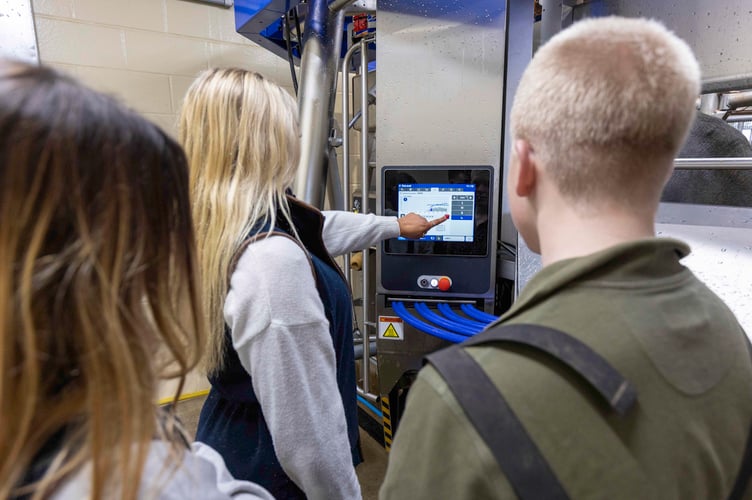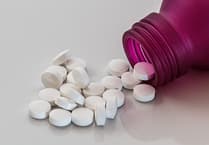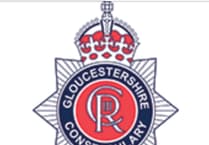COWS at Hartpury College and University’s farm can be milked when they want thanks to a new robotic system.
Cows at Home Farm can require milking up to three times a day.
Currently, 100 cows are part of the robotic milking herd, and a further 100 are milked through a rapid exit parlour.
The DeLaval Voluntary Milking System gives hands-on experience with industry-leading technology.
They will also learn how to use data provided by the system to improve herd management and milk production practices.
Students will be able to use the information provided by the system to make decisions on managing individual cows, working alongside farm staff.
Hartpury’s investment in the DeLaval VMS robotic milking system is supported by the work of the Hartpury Agri-Tech Centre, of which DeLaval is a member.
Showcasing developments in farm automation is an important part of Hartpury’s Digital Innovation Farm, as is sharing the experiences with its 2,000 members in the Digital Farming Network.
Director of Agriculture Prof Matt Bell said: “The installation of the DeLaval Voluntary Milking System marks an exciting development for Hartpury’s farm and our students.
“This cutting-edge technology not only enhances the efficiency of our operations but also gives students real-world experience – something that is so valuable within our industry.
“By equipping them with knowledge of the latest innovations, we are ensuring they are future-ready for careers in a rapidly evolving agricultural industry.”
The ystem operates through a series of advanced steps for efficient and hygienic milking:
Compressed air and warm water are injected through angled nozzles to clean the teats thoroughly.
The lnSight vision system allows for precise and quick attachment of teat cups.
The robotic arm prepares the teats, attaches cups, aligns the milk tube, and sprays the teats after milking. The system adapts the process to each cow, increasing the milking rate and reducing milking time
Milk meters with infrared technology measure the quantity and flow rate per quarter and health indicators help identify cows and udders that need attention.
The cups are retracted and cleaned and the teats cleaned post-milking to ensure hygiene.




